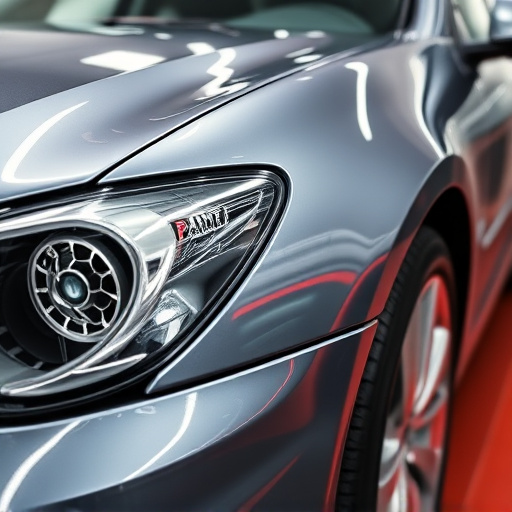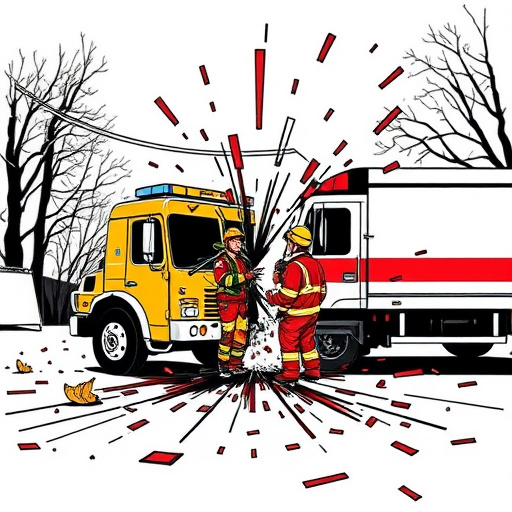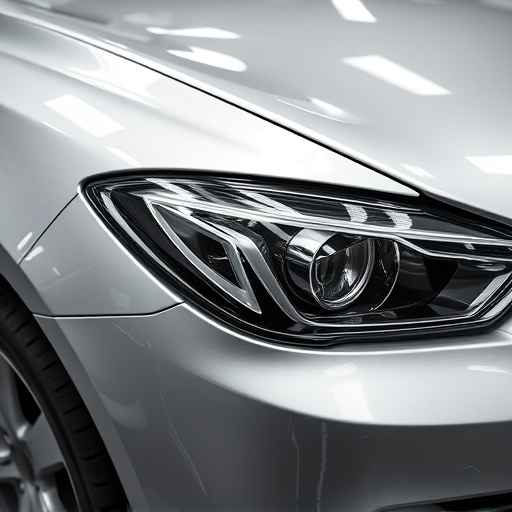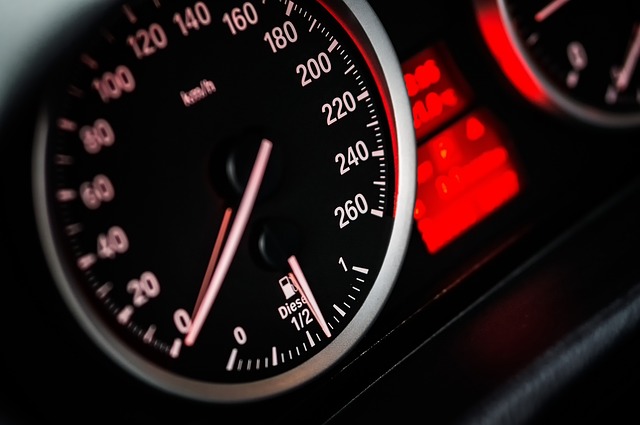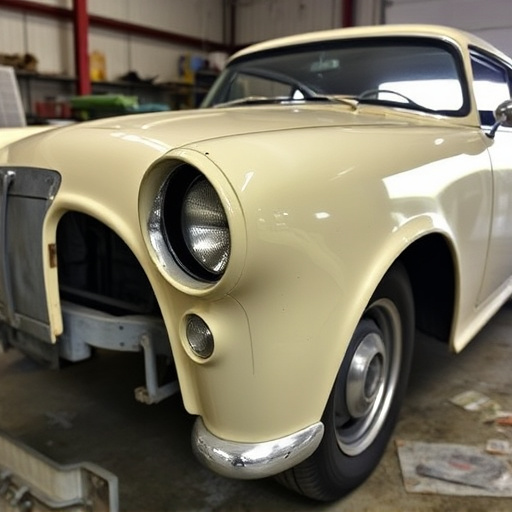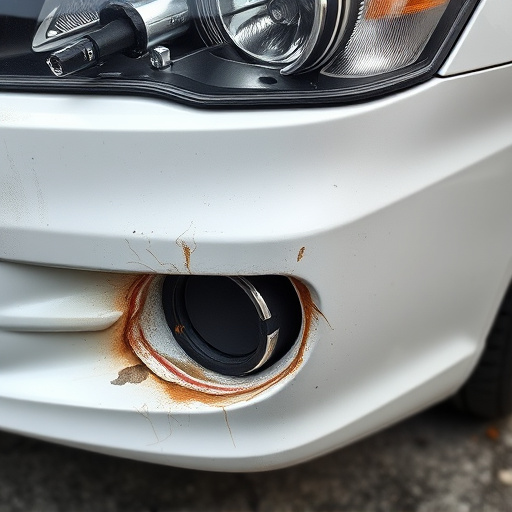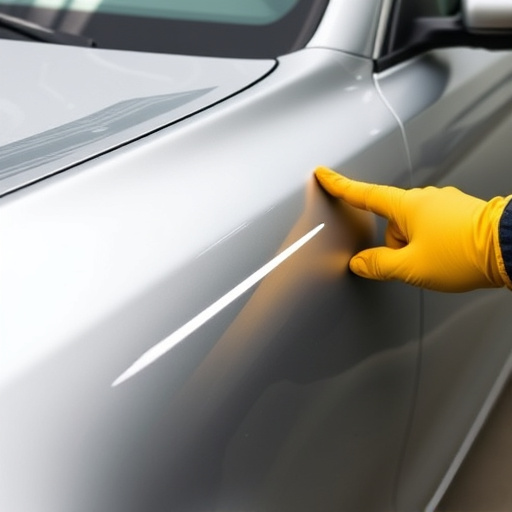Waterborne paint systems have gained popularity for their eco-friendliness and superior performance compared to solvent-based paints. They eliminate volatile organic compounds (VOCs), enhance adhesion, dry rapidly, and offer high durability in automotive repair, hail damage restoration, and auto glass repair. The drying process involves both evaporation and VOCs, requiring proper ventilation while balancing sustainability and worker safety in enclosed spaces.
Waterborne paint systems have gained popularity due to their environmental friendliness compared to traditional oil-based alternatives. This article delves into the intricate details of the drying process, specifically exploring two primary mechanisms: evaporation and volatile organic compounds (VOCs). By understanding these processes, we can assess the environmental impact and health considerations that shape the future of sustainable waterborne paint systems.
- Understanding Waterborne Paint Systems: The Basics
- Drying Mechanisms: Evaporation vs. Volatile Organic Compounds (VOCs)
- Environmental Impact and Health Considerations in Drying Processes
Understanding Waterborne Paint Systems: The Basics

Waterborne paint systems have gained significant popularity due to their environmental friendliness and superior performance compared to traditional solvent-based paints. These systems are designed to use water as a carrier for the pigment and other additives, eliminating volatile organic compounds (VOCs) that contribute to air pollution and greenhouse gas emissions. This makes them not only more sustainable but also safer for both applicators and end users, particularly in enclosed spaces like homes and offices.
In automotive repair, hail damage repair, and even auto glass repair scenarios, waterborne paint systems offer a range of benefits. They provide excellent adhesion to various surfaces, including metal, plastic, and glass, ensuring long-lasting durability. The fast drying time reduces the need for lengthy curing periods, speeding up the overall restoration process. Moreover, these paints are highly resistant to fading, chipping, and cracking, offering superior aesthetic appeal and protection for vehicles and other structures over extended periods.
Drying Mechanisms: Evaporation vs. Volatile Organic Compounds (VOCs)

Waterborne paint systems offer a distinct drying process compared to traditional solvent-based formulas. Two primary mechanisms drive this process: evaporation and volatile organic compounds (VOCs). Evaporation relies on the natural disappearance of water or other solvents from the paint’s surface as they transform into gas, allowing the paint to cure. This method is efficient, especially in controlled environments, where air circulation can accelerate the process.
In contrast, VOCs play a significant role in the drying of waterborne paints, particularly in automotive collision repair and vehicle repair services. These compounds, when applied to the paint’s surface, evaporate over time, releasing energy and facilitating chemical reactions that harden the paint. This mechanism is particularly effective for fast-drying formulations, enhancing productivity in workshops offering automotive repair services. However, proper ventilation is crucial during application to mitigate environmental impact and ensure worker safety, as VOCs can have adverse health effects if not managed correctly.
Environmental Impact and Health Considerations in Drying Processes
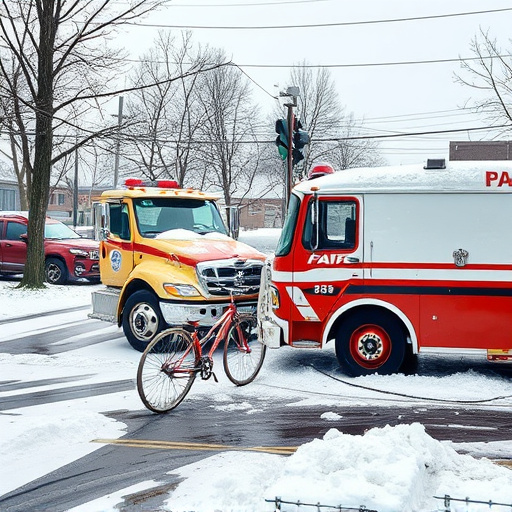
The drying process is a critical phase in the application of waterborne paint systems, but it also presents environmental and health considerations that cannot be overlooked. These paints, known for their reduced toxicity compared to traditional solvent-based options, offer significant advantages in terms of air quality and waste management. However, the drying mechanism itself can impact the overall sustainability of the process.
In waterborne paint systems, evaporation plays a primary role in drying. This involves the careful balance of humidity control, temperature regulation, and proper ventilation to prevent environmental contamination and ensure worker safety. In contrast, some tire services and collision repair centers might use accelerated curing methods, which can lead to volatile organic compound (VOC) emissions if not properly contained. Effective strategies for minimizing these impacts include implementing efficient ventilation systems, adopting eco-friendly drying techniques, and adhering to strict emission control measures, particularly in enclosed spaces like vehicle repair shops.
Waterborne paint systems, with their environmental and health benefits, offer a superior drying process compared to traditional options. Understanding the distinct mechanisms of evaporation and VOCs is key to optimizing performance and ensuring a sustainable future. By choosing waterborne alternatives, industries can navigate towards more eco-friendly practices while maintaining high-quality results.

